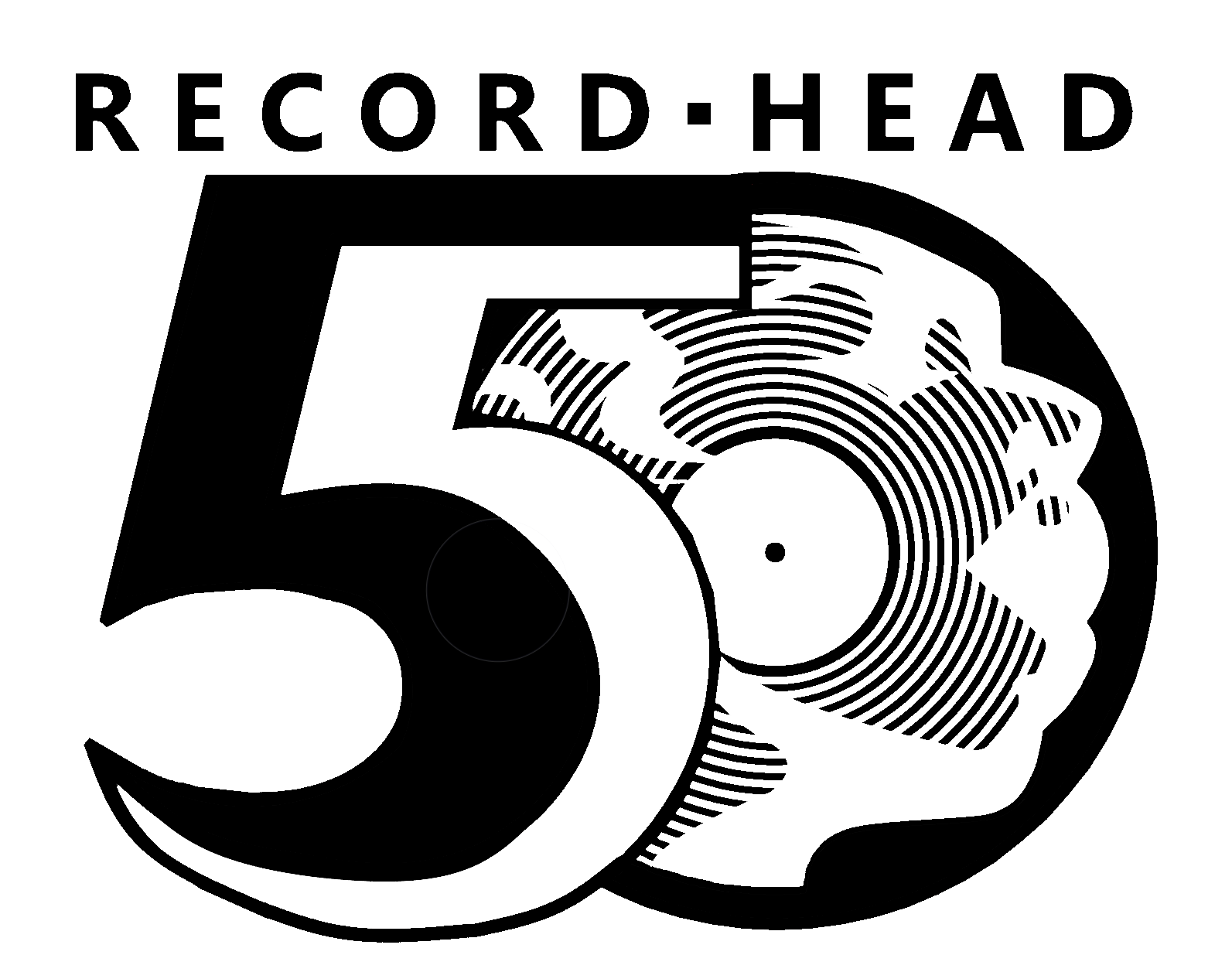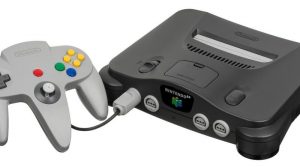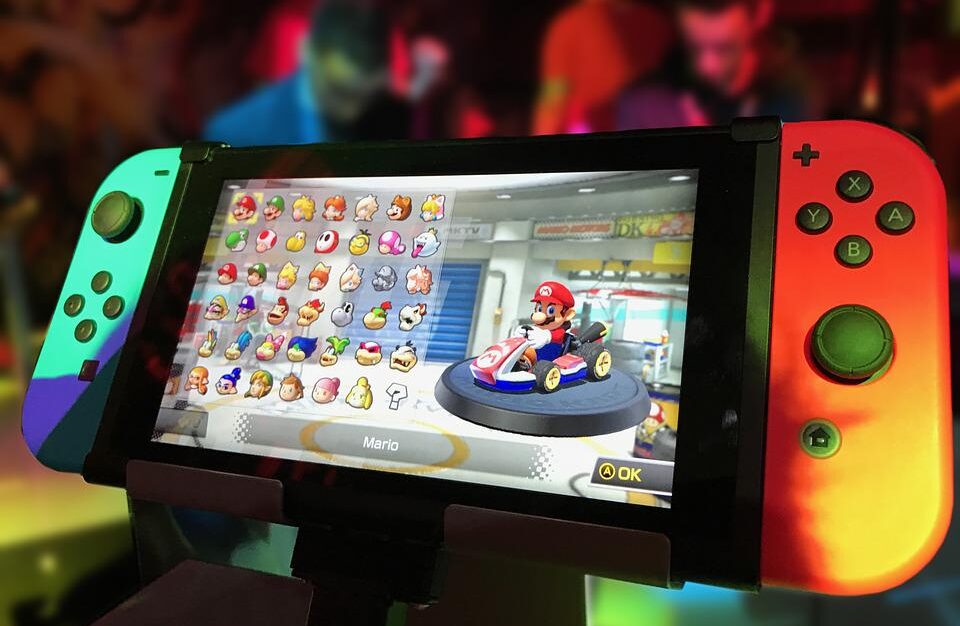
Nintendo began developing video games in the 1970s during the height of arcade gaming. When other companies like Atari began developing video game systems for home use, Nintendo broadened its horizons and began working on its own consoles.
Today, the historic developer has more systems than nearly any other company, so it takes effort to track all of Nintendo’s consoles. Fortunately, the Nintendo fans at Record Head are here to sort things out. Check out our guide to Nintendo video game consoles from their earliest to newest releases. Let’s-a go!
What Is the Order of Nintendo Consoles?
Before we dive into the history and discuss what made each system great, here’s a list of each Nintendo console and handheld line in the order of their release:
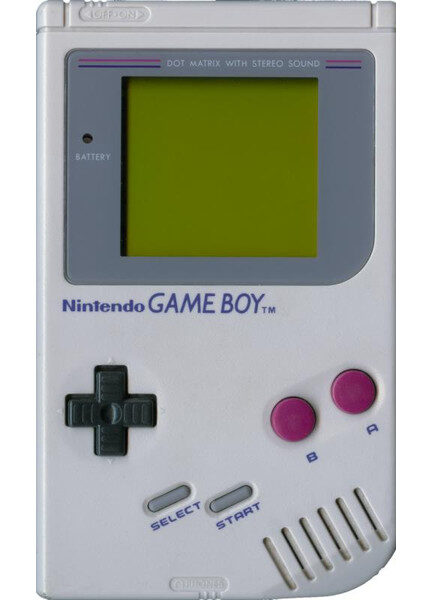 Color TV-Game: 1977-1980
Color TV-Game: 1977-1980- Game & Watch Series: 1980-1991
- Nintendo Entertainment System: 1983
- Game Boy: 1989
- Super Nintendo Entertainment System: 1990
- Virtual Boy: 1995
- Nintendo 64: 1996
- Game Boy Color: 1998
- Gamecube: 2001
- Game Boy Advance: 2001
- Wii: 2006
- Nintendo DS: 2004
- Nintendo 3DS: 2011
- Wii U: 2012
- Nintendo Switch: 2017
- Nintendo Switch Lite: 2019
- Game & Watch re-release: 2020-2021
- Nintendo Switch OLED: 2021
The First Nintendo Console & The Early Days of Home Gaming
(1977-1985)
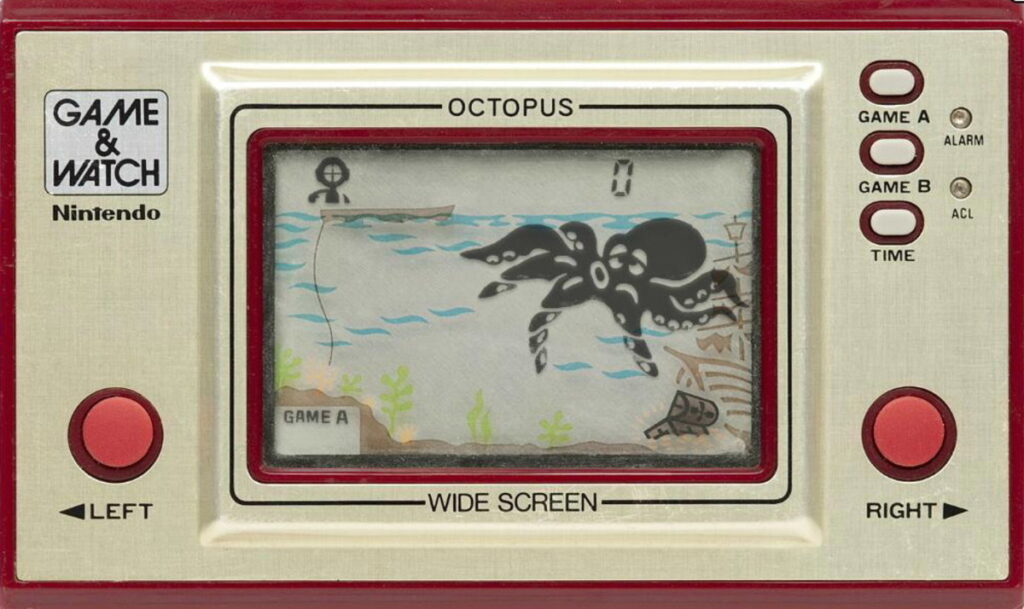 The first Nintendo home-gaming consoles were the Japanese-exclusive Color TV-Game series and the handheld Game & Watch series with pre-installed games. These releases saw modest success, but Nintendo still achieved the best results with arcade titles like 1981’s Donkey Kong.
The first Nintendo home-gaming consoles were the Japanese-exclusive Color TV-Game series and the handheld Game & Watch series with pre-installed games. These releases saw modest success, but Nintendo still achieved the best results with arcade titles like 1981’s Donkey Kong.
Nintendo set a new standard for home gaming in 1983 with the 8-bit Nintendo Entertainment System (NES). NES titles like Mario Bros. received both arcade and console releases. The system came into its own later with classics like Super Mario Bros., The Legend of Zelda and Metroid.
The Console War Intensifies
(1986-1999)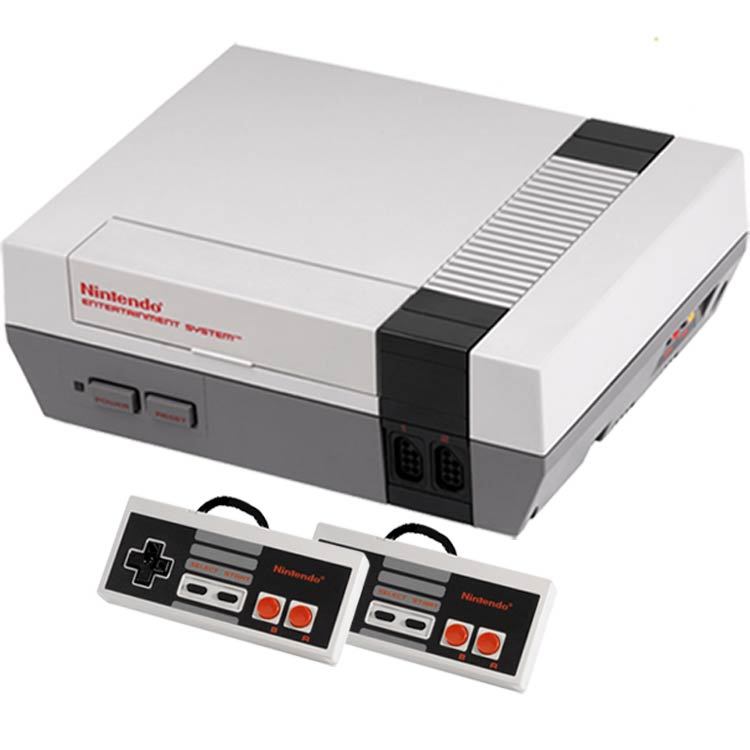
Companies like Sega saw Nintendo’s success and began developing their own consoles and handheld devices, pressuring Nintendo to establish its dominance in the console war. The 1989 Game Boy was an excellent step for Nintendo’s handheld legacy, and the 16-bit Super Nintendo Entertainment System (SNES) also gained Nintendo some ground.
The console war tightened through the 1990s after the Virtual Boy’s lackluster performance. The powerful Nintendo 64 — which introduced 3D open-world games — and the Game Boy Color with the smash hit Pokemon series lead Nintendo to virtual victory.
Struggling in the New Millennium
(2000-2003)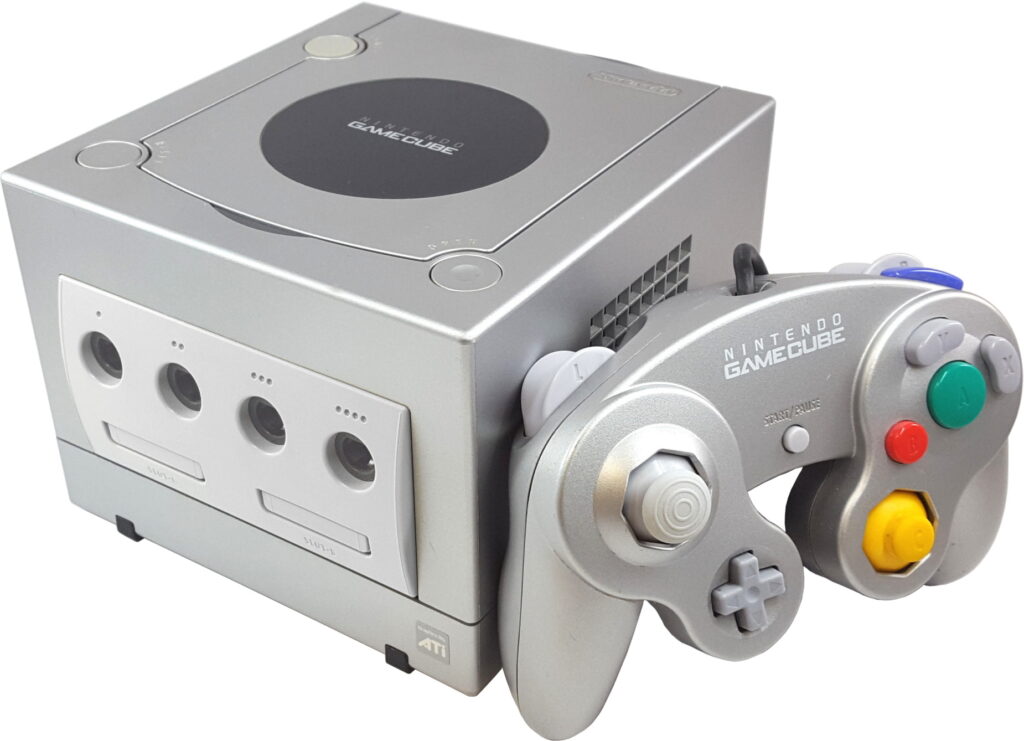
The 21st century brought a host of fierce competitors in Sony’s Playstation and Microsoft’s Xbox, leading to underwhelming numbers for Nintendo’s Gamecube in 2001. The company established its dominance in handheld gaming with the Game Boy Advance and follow-ups like the Advance SP, but Nintendo needed to find a way to stay relevant in the console market as gaming technology improved.
A New Hope
(2004-2010)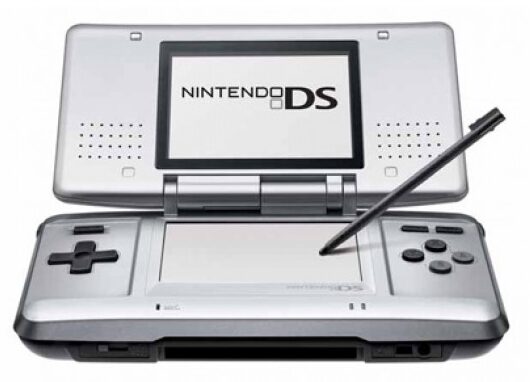
Nintendo continued its success in the handheld market with the dual-screened Nintendo DS in 2004 and its subsequent DS Lite and DSi models, but its largest victory came through its next console.
The Nintendo Wii got gamers up out of their seats in 2006 with ground-breaking motion controls and its best-selling title — Wii Sports. Once again, Nintendo was at the top of the gaming industry.
The Forgotten Years
(2011-2016)
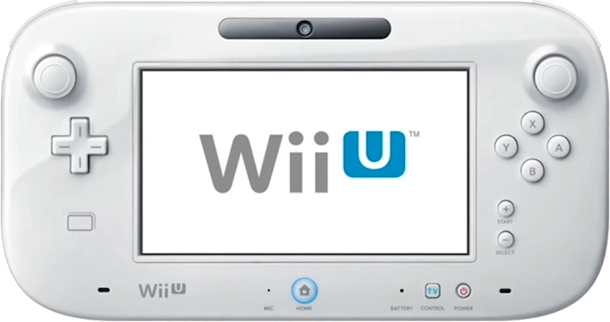
Nintendo struggled after the Wii’s success. The various 3DS and 2DS lines performed well in the 2010s until their discontinuation in 2020, but 2012’s Wii U went down as Nintendo’s least successful release to date. Its console and tablet combo brought some interesting updates to the Wii that resulted in thrilling gameplay innovations to famous titles like Pikmin and Mario Kart, but the Wii U ultimately failed to captivate mainstream audiences.
Switching Things Up
(2017-Present)
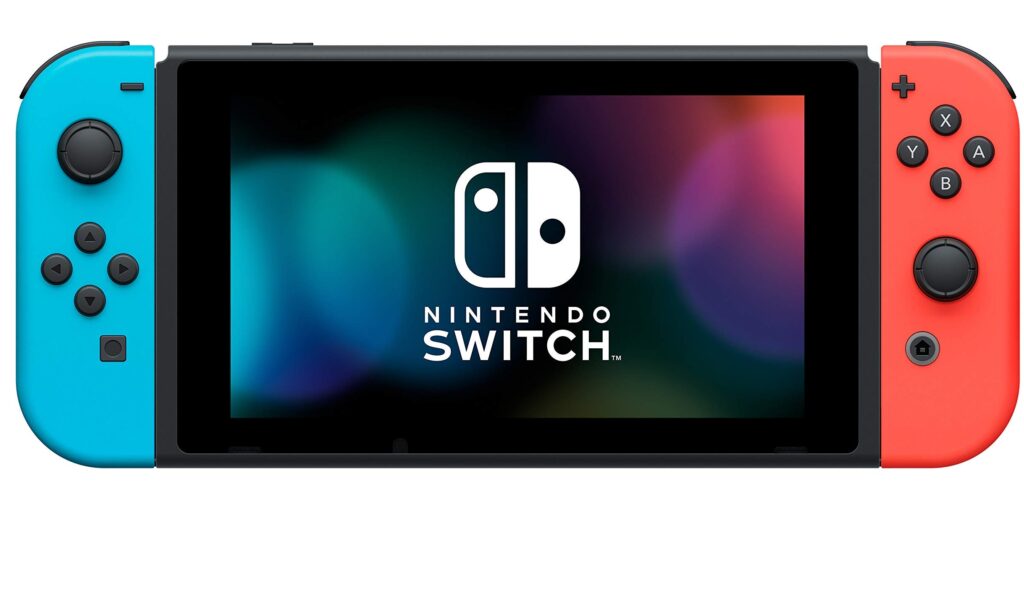
Just when Nintendo needed another fresh idea, it innovated the industry once again in 2017. The Nintendo Switch combines the best of Nintendo’s handheld and console gaming expertise for a system that players can use at home as a console or on the go as a handheld.
Nintendo eventually released the Switch Lite, a lower-cost version that is exclusively handheld. In 2021, Nintendo announced the release of its updated Switch OLED model with a larger screen a new dock now featuring an ethernet port.
Milwaukee’s Home for Retro Consoles
Each Nintendo release holds a special place in our hearts at Record Head. We buy, sell and trade classic and modern video games, so visit our West Allis location to see what we have in store. If you’re looking to pick up a vintage Nintendo console or trade your current system to get ready for the Switch OLED, contact us online to discuss our trade-in options and inventory.
